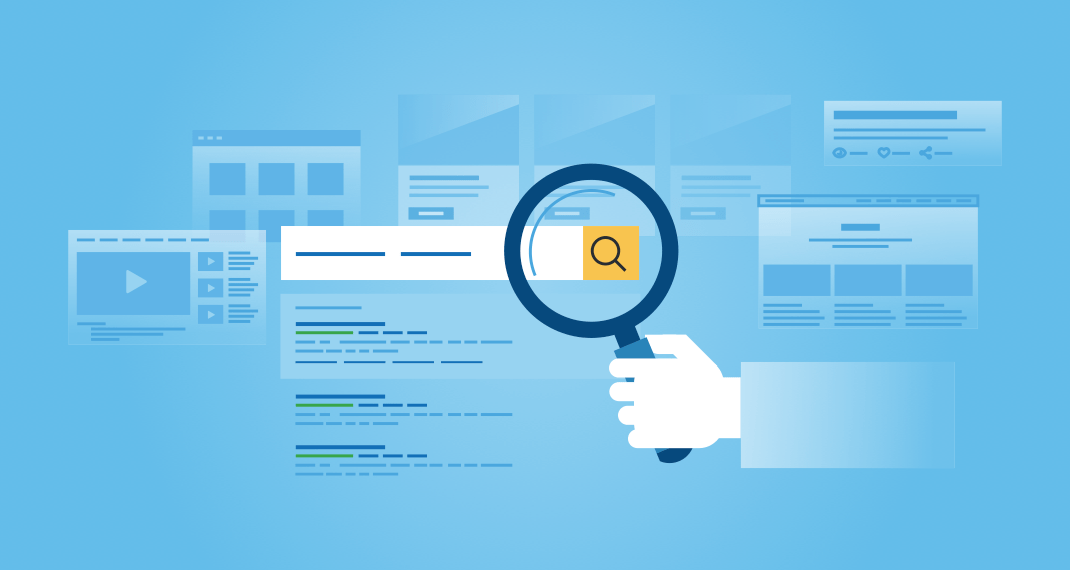SEARCH ENGINE OPTIMIZATION
Technical SEO
Behind-the-scenes enhancements that make your site more crawlable.
Our technical SEO services focus on optimizing your website’s foundation to improve search rankings and user experience. From enhancing site speed to ensuring mobile compatibility, we take a holistic approach to technical SEO. By addressing the behind-the-scenes factors that influence search engines, our solutions ensure that your website runs smoothly and ranks well.
Integrating technical SEO with your broader digital marketing strategy is essential for long-term success, helping you stay ahead of competitors and providing a seamless experience for users.

TECHNICAL SEO SERVICES
Wield the power of technical SEO
A strong technical SEO foundation is crucial for your website's performance. Spinutech’s technical SEO solutions ensure your site is fully crawlable and indexed, which enhances both visibility and rankings. By optimizing load times, mobile responsiveness, and structured data, we help you create a faster, more user-friendly experience that search engines prioritize.


TECHNICAL SEO SOLUTIONS
Technical SEO tailored to your B2B business
B2B websites present unique challenges, from long sales cycles to complex site structures. Spinutech understands these intricacies and tailors technical SEO strategies to support lead generation, optimize content for various stages of the sales funnel, and ensure smooth navigation across your site. Our approach ensures your B2B site is built to convert and ready to scale.
TECHNICAL SEO AUDIT
Technical SEO audits pop the hood on your website
Our technical SEO audits uncover and address any issues affecting your website’s performance. From site speed optimizations to mobile responsiveness, we dig deep into your site's structure, identify problems, and create a strategy to fix them. Our audits also focus on optimizing structured data, ensuring your website is fully optimized for both users and search engines.

SEARCH ENGINE OPTIMIZATION TRENDS
Catch up on the latest in SEO news and trends
Technical SEO FAQs
Frequently Asked Questions
Yes, Spinutech offers technical SEO services to ensure your website is optimized for search engine crawling and indexing, improve site speed, fix any technical issues, and enhance overall performance, all of which contribute to higher search rankings and a better user experience.
Yes, Spinutech offers technical SEO for ecommerce sites to optimize site architecture, improve page load times, ensure mobile responsiveness, and resolve crawl and indexing issues, all of which help boost search engine rankings, enhance user experience, and increase online sales.
Technical SEO refers to the process of optimizing a website's technical aspects to improve its visibility and ranking in search engine results pages (SERPs). It focuses on enhancing the website's infrastructure and foundation to make it easier for search engines to crawl, index, and understand the site's content. Key components of technical SEO include improving site speed, ensuring mobile-friendliness, implementing proper URL structures, optimizing XML sitemaps, fixing crawl errors, using structured data markup, securing the site with HTTPS, and addressing issues like duplicate content.
A technical SEO audit is a comprehensive evaluation of a website's technical infrastructure and its impact on search engine optimization. It involves analyzing various elements that affect a site's crawlability, indexability, and overall performance in search engine results pages (SERPs). This process examines factors such as site speed, mobile-friendliness, URL structure, XML sitemaps, robots.txt files, HTTPS security, structured data markup, and internal linking.
Technical SEO is critical because it forms the foundation for a website's visibility and performance in search engine results. By optimizing technical aspects like site speed, mobile-friendliness, crawlability, and indexability, technical SEO ensures that search engines can effectively discover, understand, and rank a website's content.
When choosing a technical SEO agency, look for one with proven expertise in the specific industry or niche, a structured process for identifying and addressing technical SEO issues, strong communication and transparent reporting, in-depth technical capabilities across areas like site architecture and structured data, a collaborative approach to working with your internal teams, and a track record of delivering measurable results for their clients.
The cost of technical SEO services can vary significantly depending on several factors. Pricing typically depends on the complexity and size of your website, the current state of its technical infrastructure, and the depth of optimization required. Reach out to our team to get more information on what technical SEO services would look like for your website.
TECHNICAL SEO SERVICES NEAR YOU
Our SEO talent knows no borders
Our clients stretch across the United States. Naturally, so does our team. We have three office locations, but with team members spread across more than 30 states, our pool of talent extends far and wide. You deserve the best talent, so we don’t let borders limit where we find ours.




